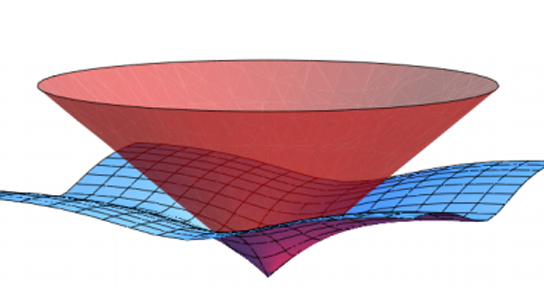
Lattice simulation
Quantum chromodynamics is the theory that describes the strong nuclear force, how it binds quarks and gluons into protons and neutrons, and how these form nuclei. Simulating quantum chromodynamics on computers is a way to examine what kind of complexity arises from it. The premise is that simulating physics on such a fundamental level is akin to simulating the Universe itself.
Physicists from the University of Bonn, Germany, published their findings in a pre-print on arXiv. Even using the world’s most powerful supercomputers, physicists have only managed to simulate tiny corners of the cosmos, only a few femtometers across.
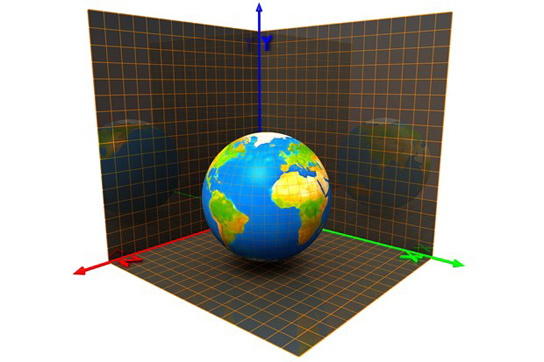
The significant point is that the simulation is almost indistinguishable from reality, as much as we understand it. This is one of the reasons why some physicists consider the possibility that our entire Universe could be running on a vastly powerful computer network. Silas Beane et al. say that there are ways to see if we are being simulated, in certain scenarios.
The problem with all simulations is that the laws of physics need to be superimposed onto a discrete three-dimensional lattice that advances through increments of time. Beane pondered whether the lattice spacing imposes any kind of limitation on the physical processes we see in the universe. They focus on high-energy processes, which probe smaller regions of space as they get more energetic.
They discovered that the lattice spacing imposes a fundamental limit on the energy that particles can have, because nothing can exist that is smaller than the lattice itself. If the cosmos is a simulation, there should be a cut off in the spectrum of high energy particles.
This cut off in the energy of cosmic ray particles is known as the Greisen-Zatsepin-Kuzmin or the GZK limit, and comes about because high-energy particles interact with the cosmic microwave background and so lose energy as they travel long distances.
The most striking feature is that the angular distribution of the highest energy components would exhibit cubic symmetry in the rest frame of the lattice, deviating significantly from isotropy, states Beane. This means that cosmic rays would travel preferentially along the axes of the lattice, so they couldn’t be seen equally in all directions.
Finding the effect would mean that we could see the orientation of the lattice on which our universe is simulated. However, the computer lattice may be constructed in an entirely different way than hypothesized by this study. Another problem is that the effect is only measurable if the lattice cut off is the same as the GZK limit. This occurs when the lattice spacing is about 10-12 femtometers. If the spacing is smaller, researchers will see nothing.
Reference: “Constraints on the universe as a numerical simulation” by Silas R. Beane, Zohreh Davoudi and Martin J. Savage, 24 September 2014, The European Physical Journal A.
DOI: 10.1140/epja/i2014-14148-0

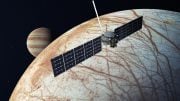

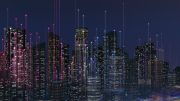
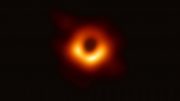



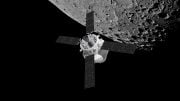
Be the first to comment on "High Energy Cosmic Rays Could Give Clues to Whether Our Universe Is a Simulation"